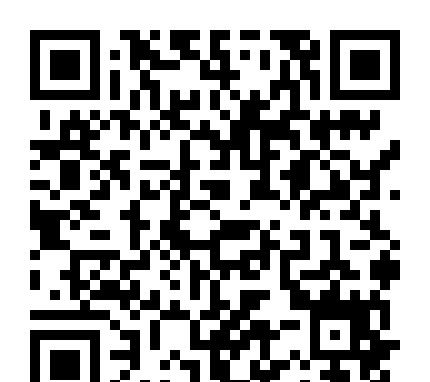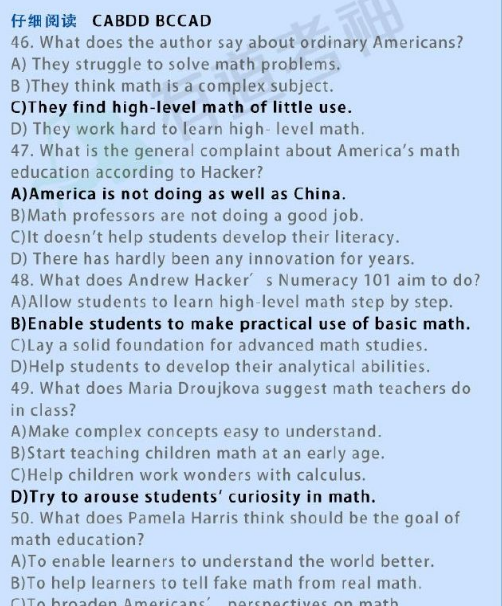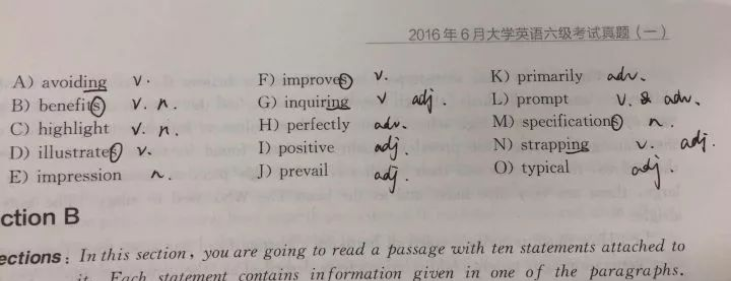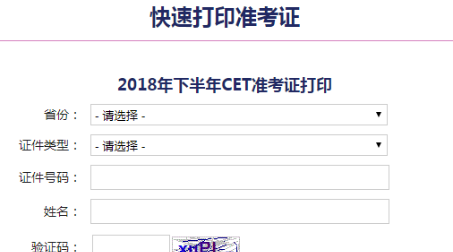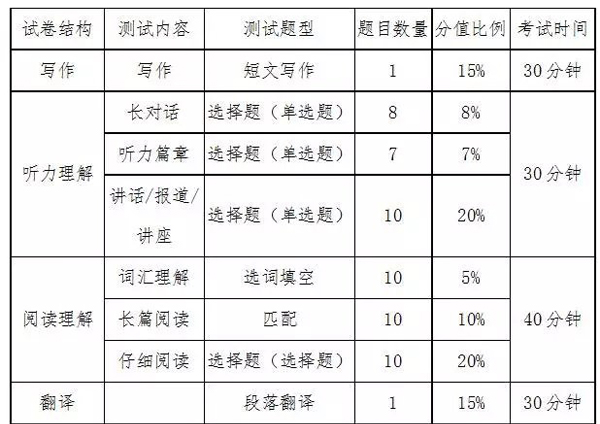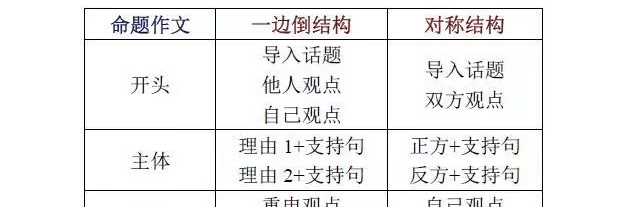金融英语阅读:金融世界第四讲
|
在上一讲中我们为您介绍了“名义货币”fiat money、“信用货币”credit money、“信用手段”credit instrument、“信贷价值”credit worthiness。这一讲我们要谈谈货币的供应量和相关的一些 词汇 。 要想对货币进行控制,就必须先要能够对它的量进行测定。经济学家用 Money 也就是“钱”这个英文词的开头字母“M”再加上几个阿拉伯数字来代表货币的供应量。 M-0: 货币供应量0,也叫 Base money,最基本的货币供应量。指的是公众手中流通的货币。 M-1: 货币供应量1,狭义货币供应量,包括流通货币、银行活期存款、支票帐户等。 M-2: 货币供应量2,定义较宽些的货币,包括M1和银行的定期存款,但巨额定期存款不包括在内。 M-3: 货币供应量3,广义货币供应量,国家货币供应总量。 澳大利亚墨尔本大学商学院的哈珀教授说: An economist recognises that there are different types of money and in attempting to measure the money supply, will try to add together as many of these as seems reasonable. 经济学家承认有不同种类的货币。为了衡量货币的供应量,我们要尽可能多地把各种合乎情理的货币加在一起。 So we start with base money and then we'll have what's called M-1, which includes cheque accounts, demand deposits of banks ... and then M-2 which will include some savings deposits, some time deposits. 首先是基本货币供应量,其次是所谓的M-1,货币供应量之一,包括支票帐户、银行的活期存款等等。然后是M-2,货币供应量之二,包括一些活期储蓄帐户和定期存款。 And you work your way up these different definitions of money all the time getting broader and broader, until you end up with what most central banks will refer to as broad money, which is the broadest definition that's including as wide a set of financial obligations as it's reasonable to consider would be related to the business of exchange. 这样逐一来分析所有这些货币供应量的不同定义,它的范围就会越来越宽广,最后就是“广义货币 ”。这是定义最广泛的货币供应量,包括了所有能被认为是与商业交易活动有关的金融往来。 |


